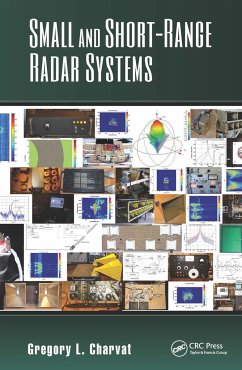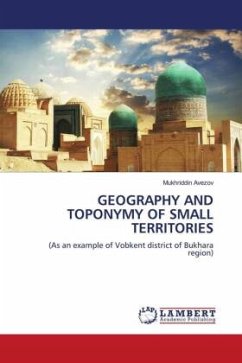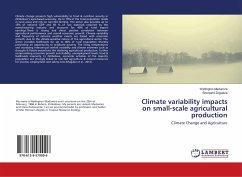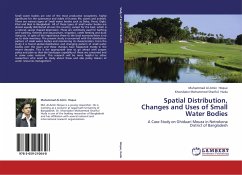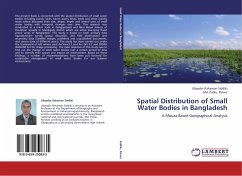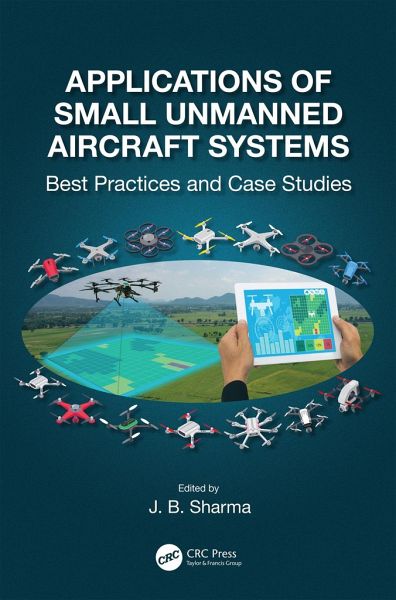
Applications of Small Unmanned Aircraft Systems
Best Practices and Case Studies
Herausgeber: Sharma, J. B.
Versandkostenfrei!
Versandfertig in 1-2 Wochen
169,99 €
inkl. MwSt.
Weitere Ausgaben:

PAYBACK Punkte
85 °P sammeln!
Small Unmanned Aircraft Systems can access hazardous or inaccessible areas during disaster events and provide rapid response. This is the first book that brings together the best practices of sUAS applied to a broad range of issues in high spatial resolution mapping projects. The case studies included in this book are sUAS based projects.





